Blue Star Creeper, also known as Laurentia or Swamp Isotome, is a versatile, low-growing perennial from the Campanulaceae family. Native to Eastern and Southeastern Australia, this ground cover is highly valued for its dense, mat-like growth and small, star-shaped flowers. It thrives in hardiness zones 6 to 8 and adds charm to garden beds, rockeries, and pathways.
With its ability to withstand light foot traffic, Blue Star Creeper serves as an excellent lawn alternative, bringing a soft, lush appearance to spaces between stepping stones or as a filler for gaps in garden designs. Its durability and delicate blooms make it a favorite for enhancing texture and color in any landscape.
| Common name | Blue Star Creeper, Laurentia, Swamp Isotome |
| Botanical name | Isotoma fluviatilis |
| Family | Campanulaceae |
| Species | fluviatilis |
| Origin | E.astern and Southeastern Australia |
| Life cycle | Perennial |
| Plant type | Ground Cover |
| Hardiness zone | 6, 7, 8 |
| Sunlight | Dappled Sunlight |
| Maintenance | Low |
| Soil condition | High Organic Matter |
| Drainage | Occasionally Wet |
| Growth rate | Medium |
| Spacing | 12 in. – 3 ft. |
| Harvest time | Fall |
| Flowering period | Spring |
| Height | 2 in. – 3 in. |
| Flower color | Blue |
| Leaf color | Green |
| Stem color | Green |
| Fruit type | Capsule |
| Flower benefit | Showy |
| Garden style | Rock Garden |
| Uses | Container |
I. Appearance and Characteristics
Isotoma fluviatilis, the swamp isotome or blue star creeper, is a small herbaceous perennial plant in the family Campanulaceae. The species is often found growing in areas of moist sand or in mud along the margins of creeks and streams and seepage areas. It is also found among granite outcrops and wet depressions. It is found in south eastern Australia from southern parts of South Australia extending through much of Victoria, through much of Tasmania, eastern New South Wales and south eastern Queensland.
This plant often forms a low growing mat. It is usually pubescent or sometimes glabrous and roots at nodes. The deep green leaves are 4 to 12 millimetres (0.16 to 0.47 in) in length and 2 to 8 mm (0.079 to 0.315 in) wide. The leaf blade is oblong, elliptic or linear in shape, or the lower leaves may be ovate or obovate in shape.
It forms white solitary flowers that are axillary and can be bisexual or unisexual. Capsules form later that are obconical to obovoid in shape and slightly asymmetric. They are usually 3 to 6 mm (0.118 to 0.236 in) in length with a 3 mm (0.118 in) diameter.
The plant flowers during the summer months between November and March producing a carpet of white-blue five-petalled star-shaped flowers that are ideal as groundcovers in garden beds, rockeries or between paving stones.
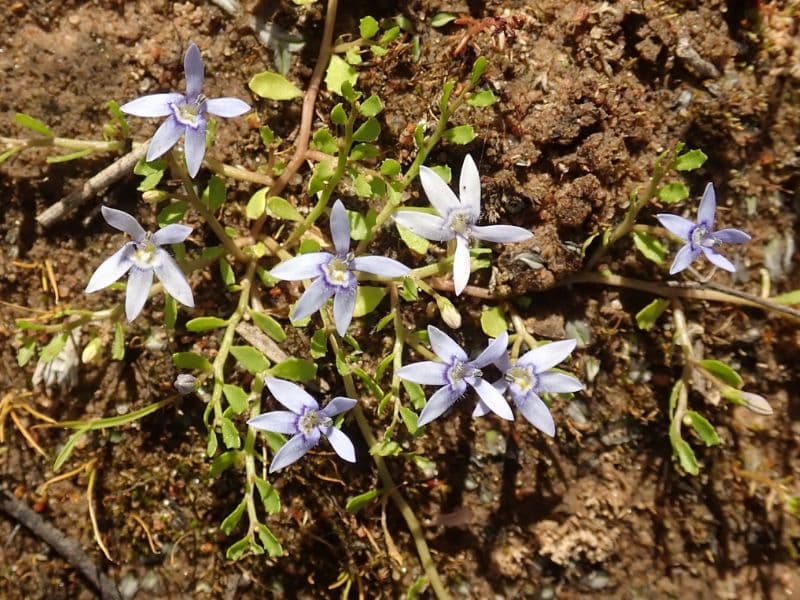
I. fluviatilis prefers dappled sunlight or part shade and moist soil. It spreads via runners and is hardy in the US in zones 6-8. In the UK, it is hardy in coastal and relatively mild parts of the UK, and is generally considered pest and disease free.
The species was first formally described as Lobelia fluviatilis by the botanist Robert Brown in 1810 in the work Prodromus Florae Novae Hollandiae and later reclassified in the genus Isotoma by George Bentham in 1864 in Flora Australiensis. Several synonyms exist for this species including; Laurentia fluviatilis, Enchysia gaudichaudii and Rapuntium fluviatile.
II. How to Grow and Care
Sunlight
In its native habitat, blue star creeper is often found in moist areas with very bright dappled sunlight for the entire day. As a landscape plant, it can grow well in full direct sunlight in cooler regions, but in warmer regions it prefers some shade for part of the day. In shady conditions, the plant’s growth may be more sparse, and flowers may be less plentiful.
Temperature and Humidity
Blue star creeper is reliably cold-hardy in USDA zones 6 to 8. They are resilient plants that can withstand temperatures as low as minus 4 degrees Fahrenheit with snow cover. In these regions, it is often a semi-evergreen plant that goes dormant in the winter. It thrives as a reliably evergreen plant in regions with milder temperatures, though it does not like the intense prolonged heat of the deep South.
This plant does well in both dry and humid atmospheric conditions, provided soil moisture requirements are met.
Watering
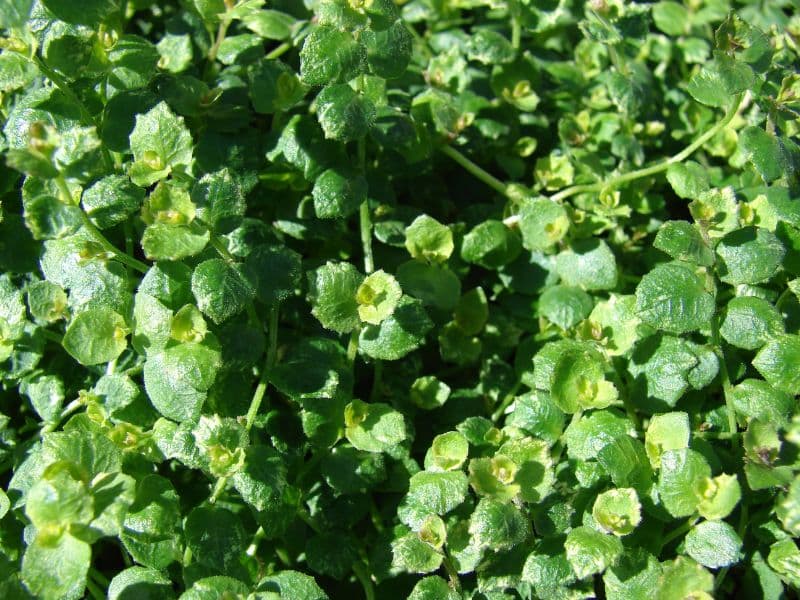
Blue star creeper can be described as having medium water needs. During the summer, keep the soil moist with regular watering to support strong growth. A typical 1-inch-per-week watering schedule, preferably divided into two or more watering sessions, is ideal. Drought periods may see the plant go temporarily dormant, but don’t let this go on for more than a few weeks.
Also avoid overwatering this plant if it is growing in dense, clay soil, as this can foster fungal diseases and root rot.
Soil
Blue star creeper is not picky when it comes to soil. As long as it is planted in a moist, well-draining medium it will be happy. It grows best in a slightly acidic soil, but easily tolerates neutral and even slightly alkaline conditions.
Fertilizing
Heavy fertilization is not required for blue star creeper. In fact, fertilizing blue star creeper too often can encourage more aggressive growth. Fertilizing once at the beginning of the growing season with an all-purpose fertilizer will help to encourage strong new growth, but even this may not be needed if your soil is suitably rich.
Pruning
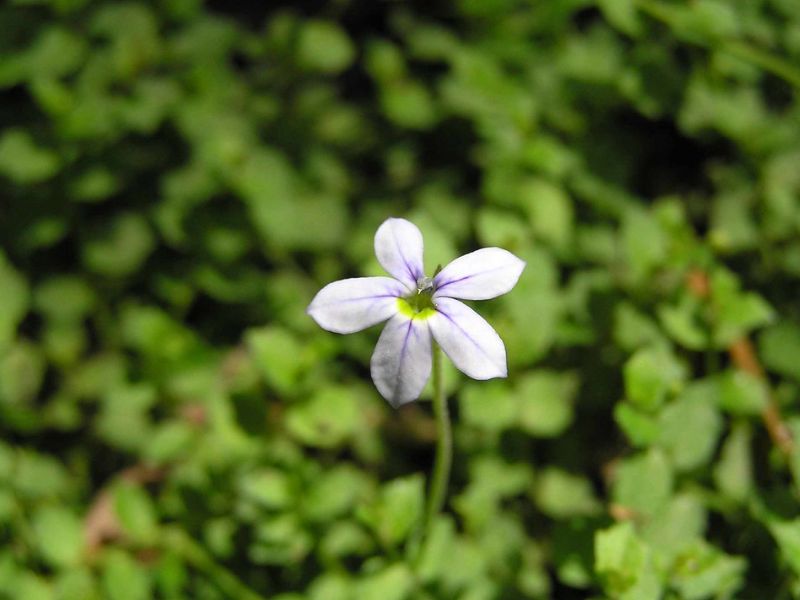
Shearing the foliage of a blue star creeper to about one inch tall in the late fall will help to keep the plant tidy throughout the winter and in the spring as new growth emerges. Other than this optional upkeep, blue star creeper is a low-maintenance perennial that does not require deadheading, flowering throughout the spring and summer continuously without assistance.
Propagation
Blue star creeper is readily propagated by seed and by division. Blue star creeper spreads by rhizomes that extend below the ground, which means that plants can be easily divided and transplanted. Here’s how to do it:
- Using a sharp shovel or trowel, carefully dig around the rhizomes and root ball, preserving as many roots as possible.
- Gently separate plants from one another by tugging the roots apart with your fingers.
- Immediately plant the pieces in new locations. If the goal is a ground cover blanket, space them 12 to 18 inches apart; they will fill in within a single growing season.
- Division is generally not necessary for the health of blue star creeper, but overgrown colonies are sometimes rejuvenated if you dig up the entire colony and replant with added space between plants.
Growing From Seed
Blue star creeper seeds can be harvested from the dried seed pods left behind when flowers fade or seeds can be purchased from online retailers. Take these easy steps:
- Sow the tiny seeds on a moistened seed starter mix and cover the container with plastic wrap.
- Keep the container in a location where it receives partial sunlight, and keep the soil consistently moist, but not wet, until the seeds sprout.
- Blue star creeper seeds take anywhere from 7 to 15 days to sprout, so be patient. Remove the plastic wrap when seeds have sprouted.
Potting and Repotting
Although container culture is not common, blue star creeper can certainly be grown in pots, either alone to provide spots of texture and color, or as spiller plants around the edges of mixed containers. Use a standard potting mix and a well-draining pot of any material you choose. If growing them as perennials, plan to repot every year or two, moving up one pot size each time. Or, you can grow potted blue star creepers as annuals, discarding them at the end of the growing season.
Overwintering
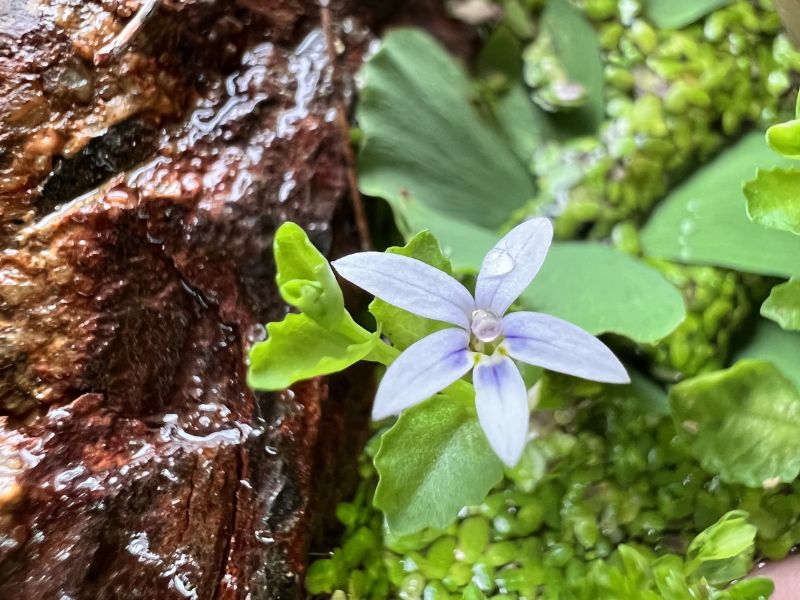
Within its recognized hardiness range, blue star creeper requires no winter cold protection. In regions with winter snow cover, a close shearing with a lawn mower followed by a light raking to remove debris is good practice before winter sets in.
How to Get to Bloom
While the growing season varies, blue star creeper usually blooms from spring into fall, with peak flowering occurring in early summer. If the plants fail to bloom, it may be because they are not getting enough sunlight or are being overfed. A single fertilizer application in early spring is all that is necessary, but if the soil is already rich, even a single feeding may stimulate green growth while reducing flower production. Avoid fertilizer with too much nitrogen.
Pests and Diseases
- Common Pests & Plant Diseases
Blue star creeper has virtually no insect pests to be concerned about, but fungal diseases can be an issue if the plant is growing in soil with poor drainage, or in low-lying areas where water gathers. Badly affected plants should be removed to prevent the spread of disease. Amend the soil to improve drainage before replanting.
- Common Problems
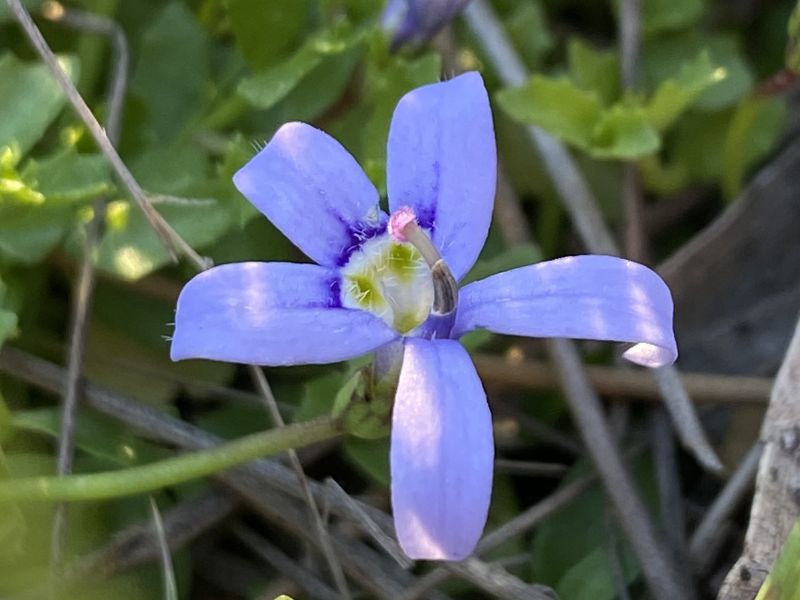
This plant is easy to grow and maintain. There are only a few common cultural complaints about blue star creeper:
Dead Spots
Blue star creeper can grow back somewhat patchy. But if brown and apparently dead patches appear, it is likely because these areas are collecting water, causing fungal diseases, and leading to the death of the plants. Remove affected plants and add soil amendments to improve drainage before replanting.
Plants Spread Aggressively
Blue star creeper is not officially considered an invasive species, but it can, and often does, spread beyond its borders. It can take over a garden if you are not careful to chop away runners and dig up plants that sprout up where you don’t want them. Installing deep edgings (at least 1 foot deep), will help keep this plant from spreading into areas where it is not welcome.
Plants Go Brown in Winter
In the northern part of its hardiness range, blue star creeper is best described as semi-evergreen. It will usually go dormant and turn brown during the winter, returning to active green growth in spring—much the way turf-grass lawns perform in these regions. In regions with milder winters, the plant is usually evergreen, though it doesn’t flower in the winter.
Find Where to Buy the Best Blue Star Creeper (Isotoma fluviatilis)







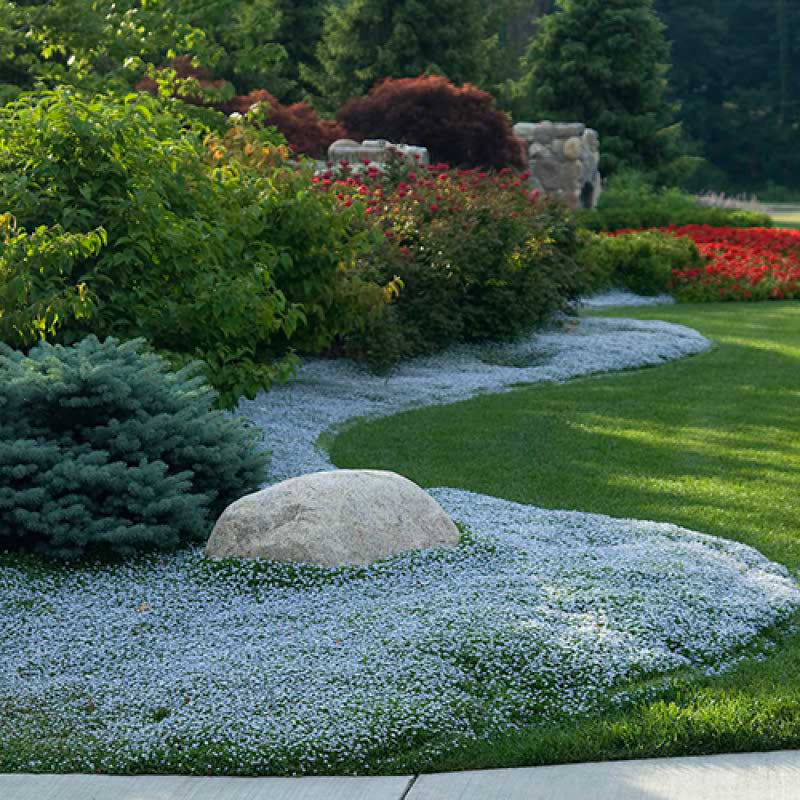


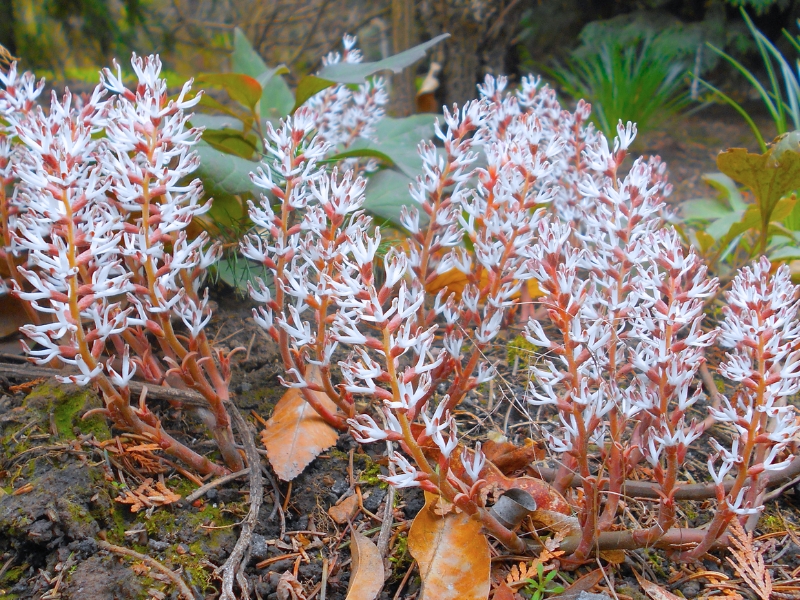

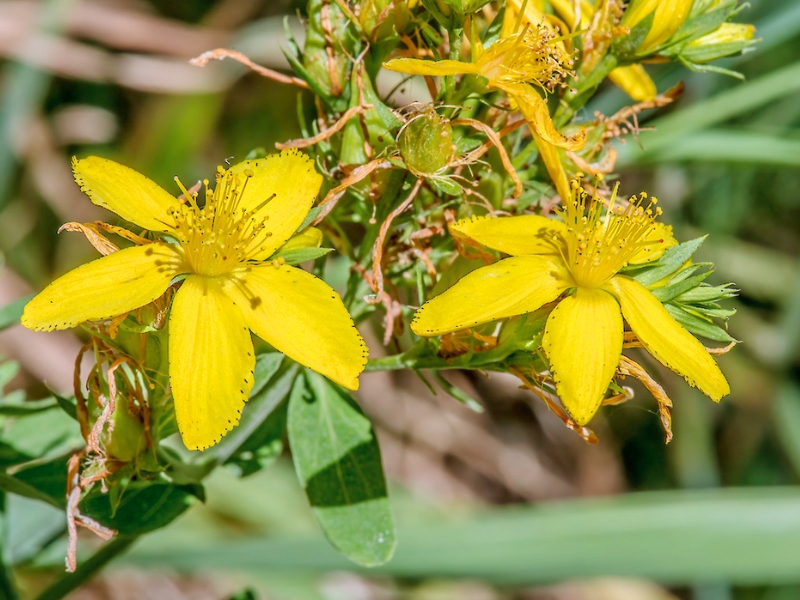
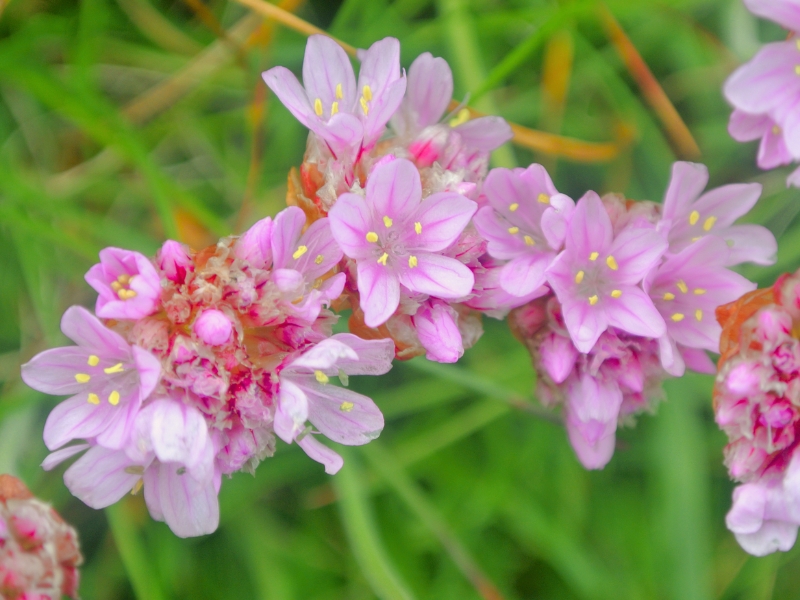
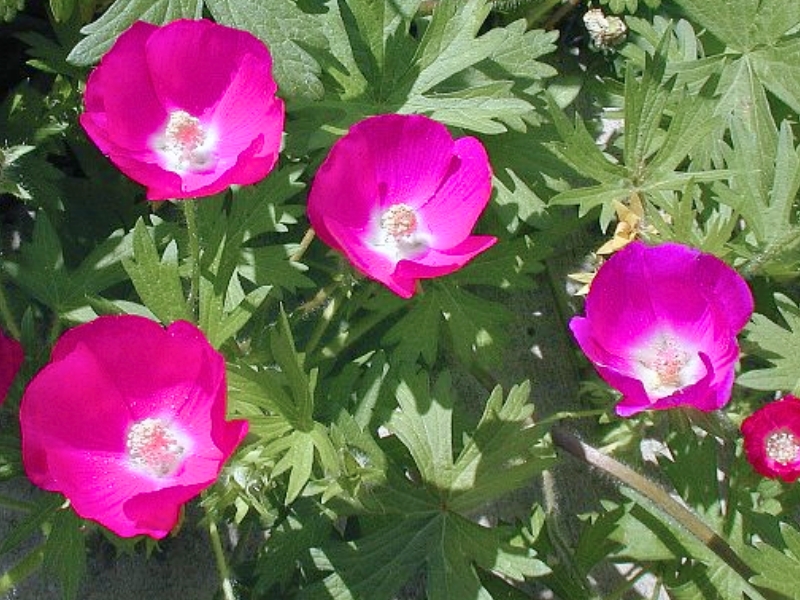
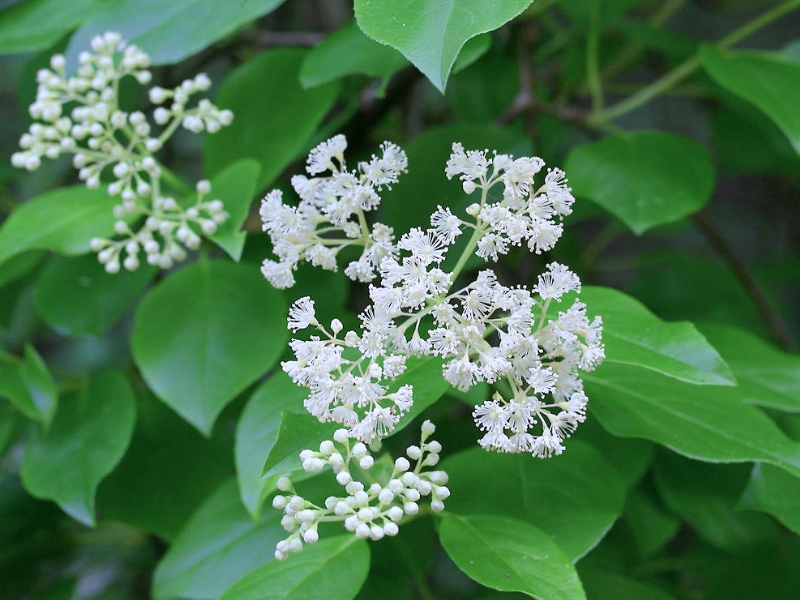
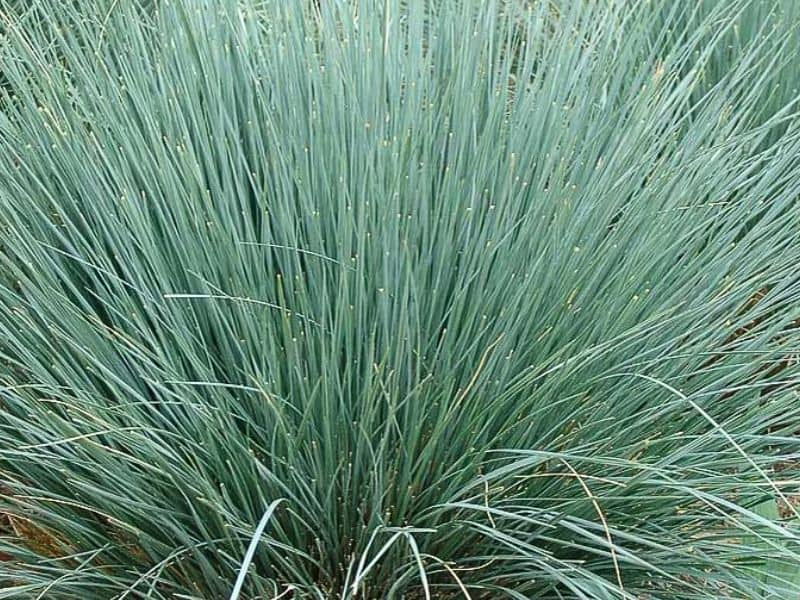
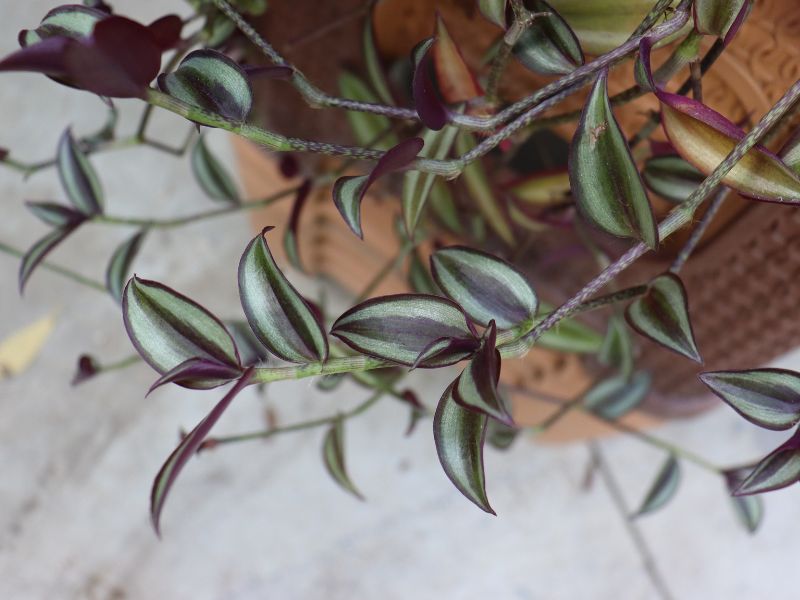
Leave a Reply